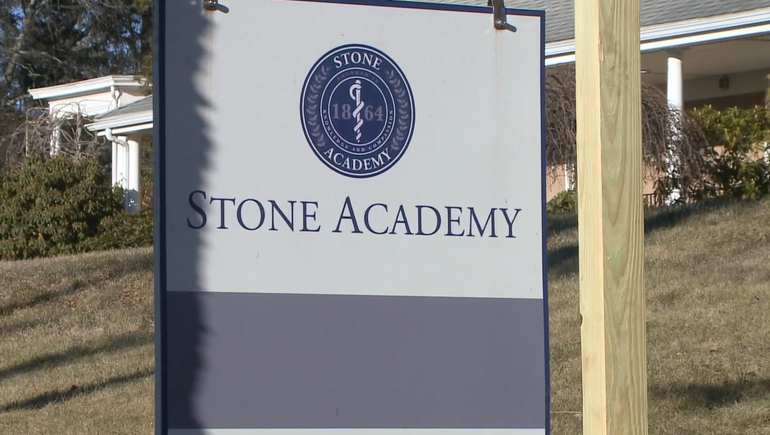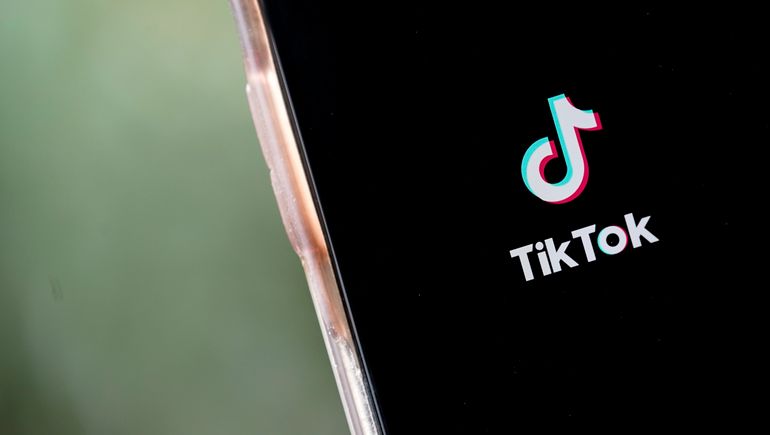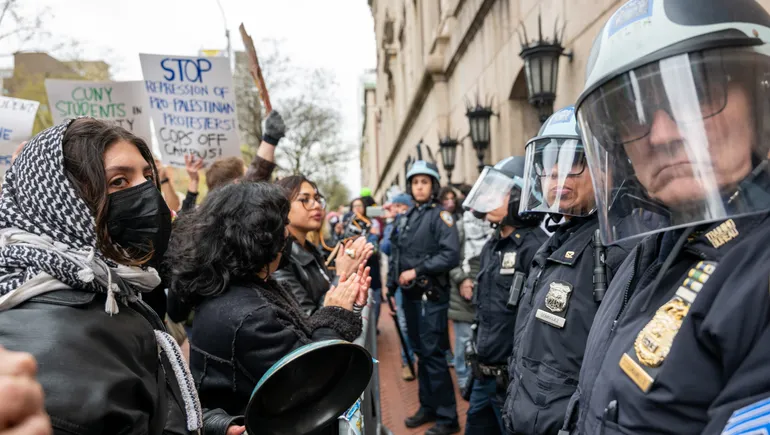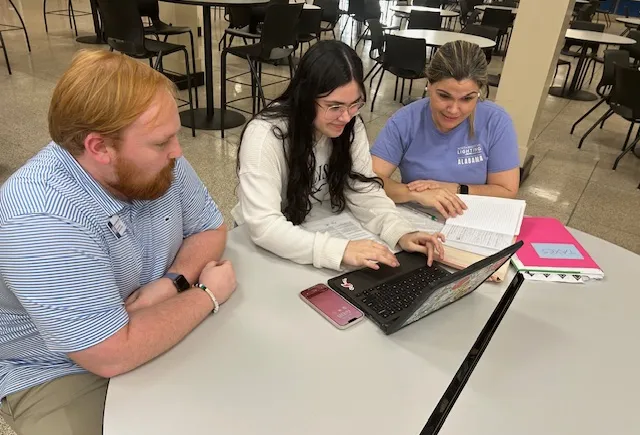[ad_1]
It seems like a well-meaning idea.
Last year, when Congress passed its omnibus spending bill, it required the U.S. Department of Education to craft a climate survey that every federally funded college will administer to students, collecting their thoughts on sexual and dating violence.
The survey could glean data on a national scale on a perennial problem for college campuses — research shows as many as 1 in 4 undergraduate women and 1 in 20 undergraduate men report sexual misconduct.
But as is often the case with well-meaning ideas, the details are bedeviling.
Congress didn’t designate funding for the Education Department to create the survey, which will need to be sent to the roughly 5,800 colleges that accept federal money.
That’s already a titanic task, and the department remains drained of staff following a significant exodus under the Trump administration. Officials also need to approve any unique questions colleges want included on their respective surveys, as well as deliver a report to Congress on the project by 2024.
Policy experts are convinced the Education Department won’t be able to pull off the task quickly. And they see flaws in potential survey designs.
In the interim, colleges are left in a holding pattern, waiting for word on how to proceed.
What did Congress tell the Education Department to do?
Congress slipped a mandate for the Education Department into its 1,000-plus page spending package: Develop the survey using “best practices from peer-reviewed research measuring domestic violence, dating violence, sexual assault, sexual harassment, and stalking.”
The required survey questions attempt to gauge the prevalence of these acts on campuses. Colleges specifically will need to ask if students have experienced sexual violence or harassment themselves, and if and how they reported these incidents.
Other questions center around the effectiveness of prevention and awareness programs and whether students feel comfortable intervening when they witness gender- or racial-based attacks or sexual misconduct.
The Education Department will work with other federal agencies, including the U.S. Department of Health and Human Services, to ensure colleges can administer the survey.
Once the education secretary makes it available to institutions, they have a year to distribute it to students. Colleges must repeat this process every two years.
No later than two years after the omnibus passed, the Education Department must write a report for Congress “on the information gained from the standardized elements of the survey.”
The Education Department did not provide a comment by publication Tuesday.
Potential pitfalls
Sending a survey to thousands of colleges in itself is challenging — the tool theoretically would be one of the largest federal surveys. The U.S. Census, by comparison, is administered by an agency employing more than 4,200 people.
But the survey will also likely yield distorted results, said Joseph Storch, senior director of compliance and innovation solutions at consultancy Grand River Solutions.
Part of the problem lies in a one-size-fits-all approach, Storch said. He said whoever devised the idea for the survey probably had a traditional, four-year residential college in mind.
Students attending that type of institution would likely have more time to complete it than the community college student who works a full-time job and also balances family duties, Storch said. Few students are likely to finish such a lengthy survey anyway, he said.
Low response rates are one of the reasons the survey results couldn’t — and shouldn’t — be compared across institutions, Storch said.
Storch said he fears the survey outcomes will be used to designate a college as “safer” than another, much like the oft-criticized U.S. News & World Report rankings.
“It’s just not an appropriate use of climate surveys,” said Storch, who was formerly associate counsel at the State University of New York system.
Further, some colleges only enroll dozens of students. The survey answers are supposed to be anonymous, but if a small college surveys all of its students, and only a couple reported sexual misconduct, then administrators could easily identify them, Storch said.
What to do now?
Colleges have nothing to do yet because the Education Department hasn’t shared updates about progress on the survey.
However, at least one consultant is leveraging the requirement to try and draw interest to its own climate survey. A Vector Solutions email advertisement asks institutions whether they’re ready for the coming mandate and said its climate survey “can help your institution implement the Department of Education instrument when it becomes available.”
A Vector Solutions spokesperson said in an email colleges that do not follow the Education Department mandate could lose federal funds, so it is releasing its tool before the agency’s “to help institutions prepare for this eventuality, allowing them to make a plan, hit the ground running, and ensure compliance.”
“Deploying and tracking a survey instrument is time-consuming and potentially costly, especially when using an in-house solution,” the spokesperson said. “Additional reporting requirements related to survey participation rates and/or survey delivery protocols — forthcoming from the Department of Education — may prove onerous to address.”
Climate surveys are already widespread in higher education, so much so that several states have passed legislation requiring them, like New Jersey and Louisiana. Louisiana’s law only applies to public colleges.
These instruments are useful, but they can come under fire for lacking uniform formatting and wording, the U.S. Government Accountability Office, a congressional watchdog, found in a 2020 report.
Colleges also often don’t possess the resources to administer them effectively, the GAO said. For instance, one college said its limited budget meant it relied on faculty volunteers to analyze survey results over one break.
[ad_2]
Source link









